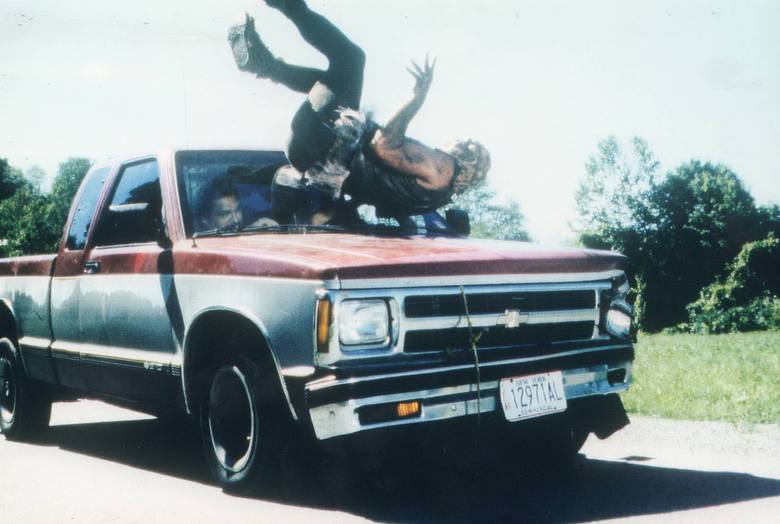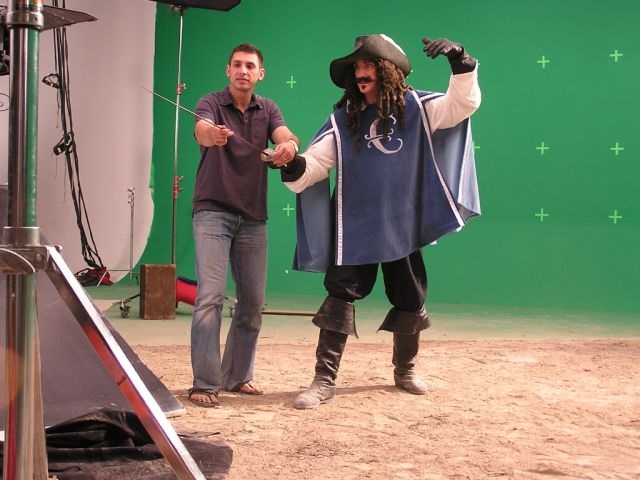The Poison Apple: An Interview with T.J. Glenn
TJ doubling The Toxic Avenger (photo by Robert Griffith)
The Poison Apple is a new semi-regular Black Gate column. Interviewer Elizabeth Crowens will be talking with atypical authors with unusual backgrounds or passions in the speculative fiction arena, and sharing their stories here.
The first “victim” to take a bite out of the Poison Apple is Teel James Glenn, known to most as T.J. Glenn, winner of the 2012 Pulp Ark Best Author of the Year, Epic eBook award finalist, P&E winner, Best Thriller Novel, Best Steampunk Short, multiple finalist for Best Fantasy short stories, author of the bestselling Exceptionals series, the Maxi/Moxie series, the Dr. Shadows series, the Renfairies series, stunt double and fight choreographer, and more.
Crowens: T.J., you seem to be living the dream of what Oscar Wilde would call art imitating life, being pretty much an action fantasy character day in and day out — a cross between Errol Flynn and Qui-Gon Jinn with a touch of James Bond villain thrown in. What attracted you to this world?
T.J.: When I was a kid I wanted to write comic books, draw them and then play the character. Here I am fifty years later, and I’ve sort of done it. I’ve never been able to completely separate them. Sometimes I do full renderings of the rooms my characters live in. I always do physical portraits of them. Often I conceive a character visually and work backwards from there. I’m a better writer because I’m a fight choreographer; I’m a better fight choreographer because I’m an actor; I’m a better actor, because I’m a writer. It all morphs together for me.
[Click the images for bigger versions.]
I actually went to art school with the notion in mind that I could support my writing career. (Laughs) The day before graduation, I met a guy at a party who was casting for a film. He also needed somebody to storyboard the movie, as well as someone to choreograph a fight. I stepped up to the plate and landed all three positions.
In high school I did Super 8 movies imitating superheroes. I did Rocket Man, Captain Marvel and built miniatures of stuff and blew it up. In my films, I got fishing lines and would fly my action figures all over the place. Some of those films still look pretty good all of these years later.
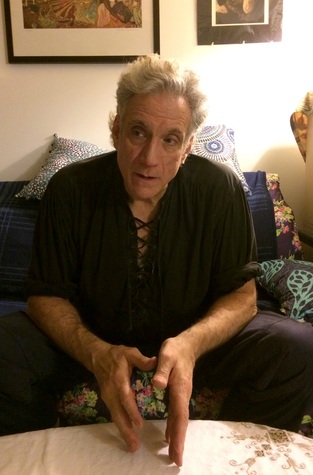 |
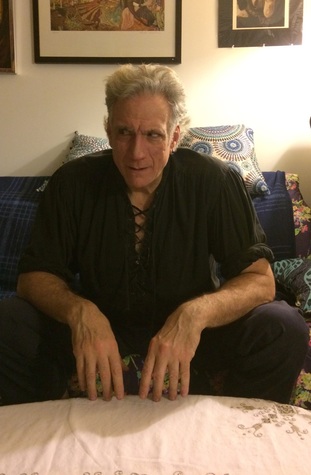 |
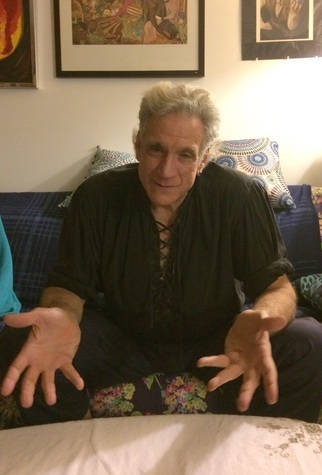 |
Photos by Elizabeth Crowens
All of these preliminaries set me up when I started working in the film business, because I read everything I could get my hands on how films were done, how the stuntmen worked and moved their bodies. I used to watch Bracken’s World that was a soap opera set in the movie world, because I wanted to see how the lights worked and how the cranes were set up — all the behind the scenes stuff.
There’s also a who-done-it, Stunt Seven, with Robert Foster where somebody’s killing off members of the crew where it was basically an excuse to do a lot of stunts. Basically, I watch a movie on two levels — as the story consumer and as the guy who says, “Ah, that’s where they hid that ramp… behind that fruit cart.”
TJ in a Musketeer commercial
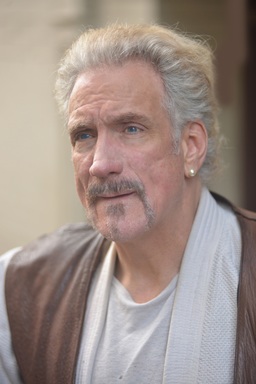
Bodi
So let’s get back to the timeline and how you transitioned into all of this. You got out of art school and then what?
It was the early seventies. While straddling a struggling art career, I started getting work on soap operas and low budget horror films. Much more so than anything related to my art career, which never seemed to set the world on fire. I paid my rent from Guiding Light for about seven years, also One Life to Live, All My Children, and The Edge of Night.
Then I started doing renaissance festivals and seriously started studying the sword. One of the people I studied with was Errol Flynn’s last stunt double, Paddy Creed (double on The Master Ballantrae, Crossed Swords and the unfinished William Tell). In fact, the very first time I held a sword in my hand it was like a scene in a movie where I could really hear the background score, and the reason why I took that class was because I was researching a book I was working on.
When I held that sword in my hand I said, “This is it. This is what I was meant to do,” and I never looked back. I got in shape to be able to sword fight. I was big, but more like a potato with pipe cleaners stuck in it. That, in turn, got me into more serious martial arts and anything to do with a blade.
What kind of weapons are you trained in?
Japanese stage combat, known as tachimawari, iado, and kendo, Filipino knife fighting… I studied with a guy who did the choreography for Shogun on Broadway. Trained in primarily Western sword, rapier, broadsword, quarterstaff, sword and shield, long sword and dagger, and Destreza, which is a Spanish rapier style — from medieval all the way to modern techniques. I became a dojo rat studying hung gar kung fu, wu shu, tae kwon do, and hwa rang do was the art I was in the longest.
I also studied sleight-of-hand. Walter B. Gibson, who wrote The Shadow, used stage magic, which is ultimately what you have to do in a thriller. Not only is stage combat full of distractions, but setting up clues is, as well.
Ralph Faulkner, another famous Hollywood fight choreographer, was asked once, “How do you choreograph a movie fight?” and he said, “I choreograph a real fight and choose the largest and most visible movements. It has to be logical and make sense within the context of that story.” My feeling is if something looks like stage combat it’s bad stage combat.
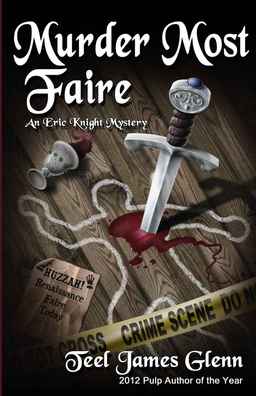 When did you have time to do all of this while you were acting? Working on film sets is notorious for long, crazy hours.
When did you have time to do all of this while you were acting? Working on film sets is notorious for long, crazy hours.
That’s why soaps were great. With Guiding Light I’d have a 10:00 call and be out by 1:00 pm. I also worked as a personal trainer for fourteen years, which gave me the flexible schedule. At one point I was training five or six hours a day.
You develop a Zen-sense of going on battery save. A lot of guys belong to 24-hour gyms. They get off the set, put in an hour and go home and crash. Martial arts masters would say, “Life is training.” I’d watch television while jogging. I think I never turned off a light switch with my hands until I turned the age of fifty. It was always with a kick and flicking it on and off with my foot. You just never stop.
Just out of curiosity, during this period of time were you also writing? If so, how did you juggle that along with the training and the acting?
I sold my first stories to Mad Magazine and various martial arts magazines while I was still in art school. Then a friend of mine died and I wrote Murder Most Faire, a mystery that took place based on that incident at a renaissance faire. For about seven or eight years that book hid away in a drawer, and I didn’t do much writing. Just concentrated on film work. After 9/11, I pulled out the book and reformatted it. That launched the next seven or eight novels.
Do you think a lot of your acting breaks have been linked to the fact that you are six foot six?
In forty years in the business I’ve never been cast as the good guy. I’ve been a hit man or hooligan from every ethnicity imaginable and have done a LOT of horror films. In one movie I think I got thirteen people before they nailed me to a wall. Someone once accused me of dressing like the back lot of Republic Studios. I’d purchase made-to-fit gear like leather doublets and cloaks after a show, and it paid off. Often there’s no difference between my on-camera and off-camera wardrobe.
At this point I’ve also done over sixty renaissance festivals. That’s where I developed a reputation for being a seanchaí, often spelled shanachie, or traditional Irish storyteller, and for a while my young daughter partnered up with me. As a result I’ve written a handful of books inspired by ren fairs. I’ve jousted and know what the creak of leather is like and that particular way you chafe when you wear armor…that telltale smell of horse on a man that’s been on a long ride. All of this helps in writing my sword and fantasy books.
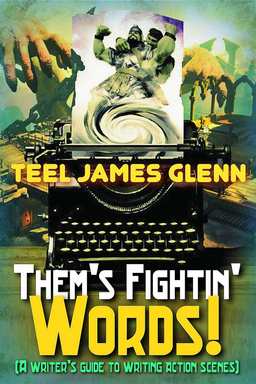 Years ago I met Celtic fantasy writer, Morgan Llywelyn. She explained that before she wrote a particular fight scene in Lion of Ireland that she went out in the backyard with an axe and destroyed a bunch of bushes. Poul Anderson and others started the SCA as part of the research for their related books.
Years ago I met Celtic fantasy writer, Morgan Llywelyn. She explained that before she wrote a particular fight scene in Lion of Ireland that she went out in the backyard with an axe and destroyed a bunch of bushes. Poul Anderson and others started the SCA as part of the research for their related books.
Talk a little bit about your martial arts book, Them’s Fightin’ Words.
Initially I wrote my Altiva fantasy series with that publisher. They loved my fight scenes and begged me to write a non-fiction book to break down the action. Many times it’s not about the mechanics of a fight but the emotions behind it. You also can’t write each action scene the same otherwise your audience will lose interest. Bruce Lee is the one who broke that cycle.
My book has exercises at the end of each chapter, and I took examples from famous writers and analyzed why their action scenes were exciting. Robert E. Howard was an icehouse boxer and would train and understood the emotion of wielding a sword. It just drips off the page in his Conan series. Edgar Rice Burroughs, who wrote the John Carter of Mars series, was a fencing instructor for cavalrymen.
Would you say that strong action is an underlying theme of all your writing?
I’m unrepentantly pulp. We, as authors, are the direct descendants of Homer. We create the legends and communicate emotions. Stories of catharsis have value. I wish I could sing, because song reaches people’s emotions quicker than anything, but since I can’t I try to be musical on the page.
Moving forward, what would you like to see develop in your writing?
I’d like to create a memorable character that outlives me. Every time someone opens a Sherlock Holmes story it’s like offering a sacrifice to the Temple of Apollo. Doyle’s spirit continues. As a writer, that’s our key to our immortality.
Visit T.J. at www.theurbanswashbuckler.com
Elizabeth Crowens is a Hollywood veteran, journalist and author of Silent Meridian, an X Files for the 19th century steampunk novel series, finalist for the 2016 Cygnus Awards in Speculative Fiction and the Goethe Award in post-1750’s Historical Fiction. www.elizabethcrowens.com, Facebook: @BooksbyElizabethCrowens, Twitter: @ECrowens
